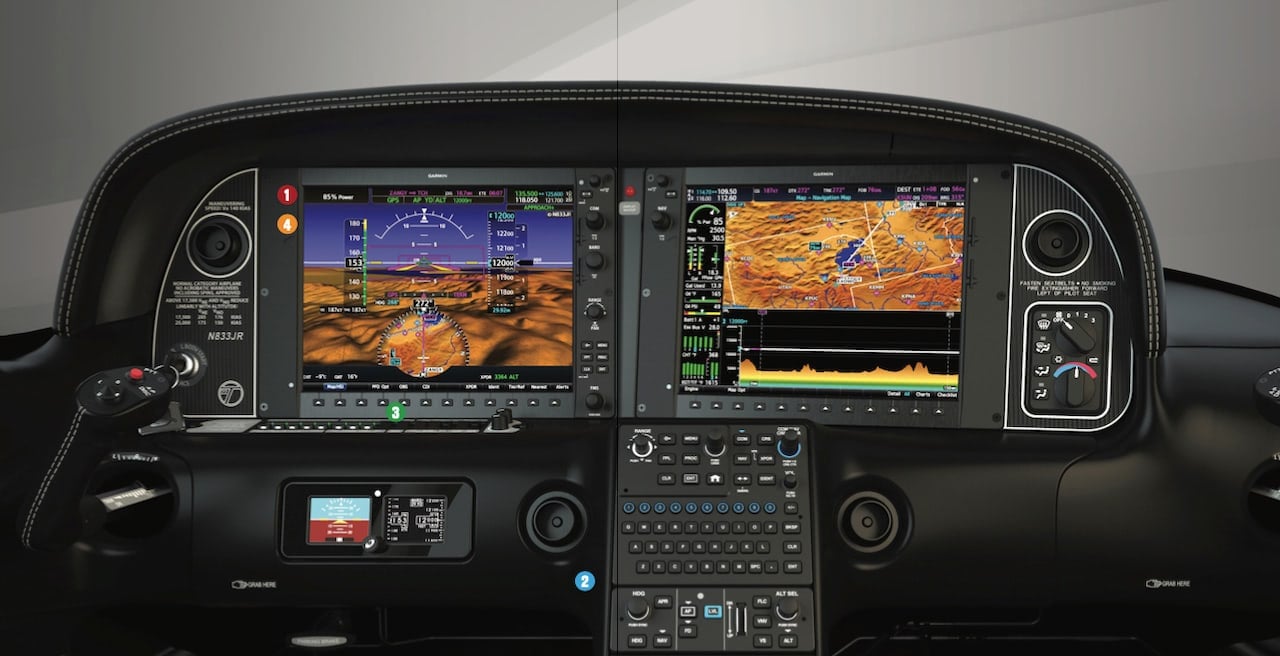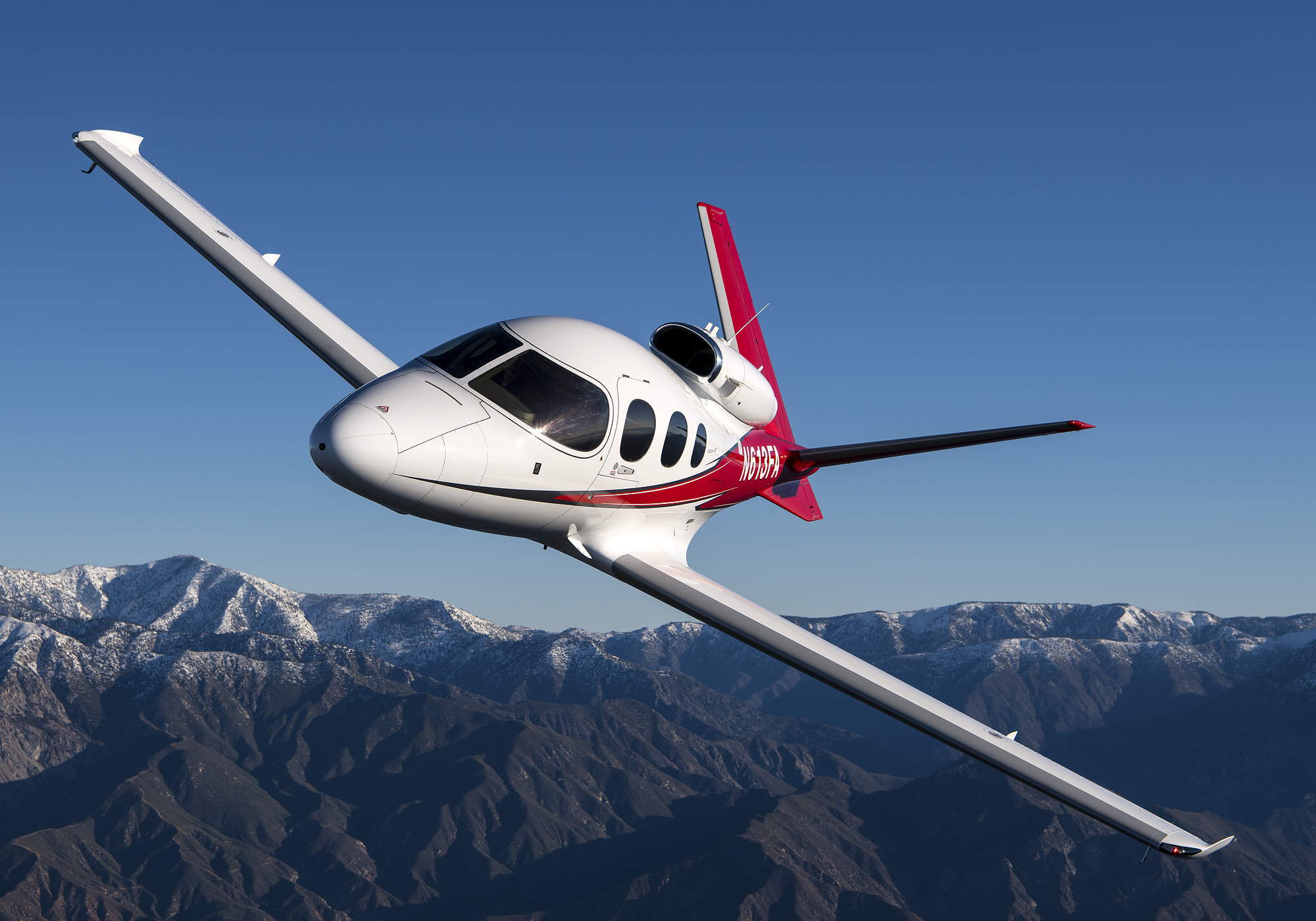


If activated in the event of an emergency, this system will locate the nearest airport, navigate to it, and perform a landing – all without pilot input. In 2020, the Vision became the first jet approved with the Garmin Safe Return emergency landing system. This was coupled with improvements in the pressurization system, additional noise insulation, and an autothrottle to reduce pilot workload. The G2 included improvements which raised the maximum operating altitude to 31,000 feet, allowing slightly faster cruise speeds and extra range.
#CIRRUS VISION JET PRICE SERIAL NUMBER#
In 2019, the G2 model was announced, beginning with serial number 94. The original aircraft were certified to 28,000 feet and a 304-knot maximum cruise speed.

Like other Cirrus aircraft, the Vision includes the Cirrus Airframe Parachute System (CAPS) which can deploy from the aircraft’s nose in emergency situations.
#CIRRUS VISION JET PRICE PLUS#
The aircraft can carry up to six passengers plus a single pilot in a unique configuration with three rows of two seats plus a single seat between the middle and aft rows, though the aft row is only large enough to fit children. Unique among its competitors, the Vision utilizes just a single-engine – the well-proven Williams FJ33 mounted above and aft of the passenger cabin and producing 1900 pounds of thrust. By the time of certification in October 2016, the base price had almost doubled to near $2 million, but Cirrus maintained an order book of over 600 aircraft at certification. The SmartDeck was replaced in the production aircraft with the incredibly popular Garmin G1000 (and later the touch screen G3000) integrated flight deck, echoing Cirrus’s movement to this system across their entire production line. While their VLJ competitors were trying to go higher, farther, and faster, Cirrus described the Vision as the “slowest, lowest, and cheapest jet available.”Īfter the slowing of development in the late-2000s, Cirrus made changes to the aircraft leading to the eventual production version. It originally used the same SmartDeck avionics system used on earlier Cirrus single-engine piston aircraft paired with highly integrated and automated aircraft systems, a structure featuring the wide usage of composite materials, and a base price of $1 million.

The Vision was a clean-sheet design from the Cirrus “Moose Works” research and development department. By 2014 the rebounding economy had revitalized the Vision program, and in 2016 the aircraft was certified and deliveries began. However, the deteriorating economy that forced the cancellation of several competing VLJ aircraft brought Vision development almost to a halt. A prototype was quickly assembled and by July 2008, the prototype had begun test flying. First introduced in 2007, the SF50 “Vision Jet” was Cirrus Aircraft’s entrant into the booming Very Light Jet (VLJ) market of the early-2000s.


 0 kommentar(er)
0 kommentar(er)
